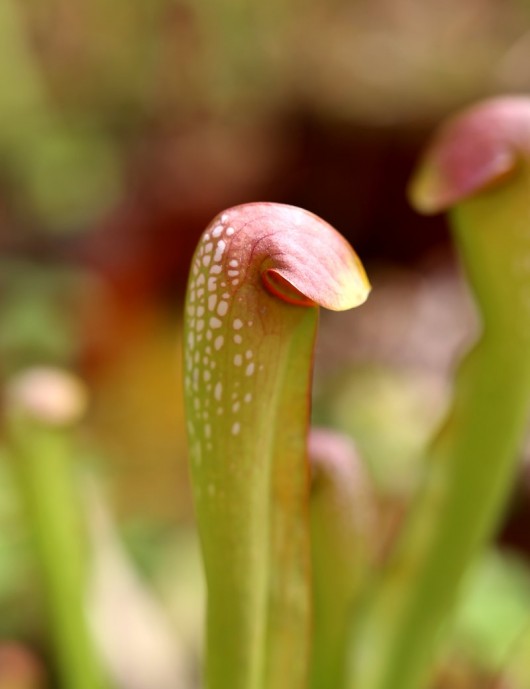
- Out-of-Stock
En culture

En culture

This Sarracenia is present on the east coast of the United States (Florida, North Carolina), this carnivorous plant measures from 20 to 80 cm high depending on where it is found. Indeed it will be large on wet land such as peat bogs and smaller in drier areas. The leaves of this Sarracenia end with a hood hiding the entrance to the trap just like the Sarracenia x excellens x formosa .
From October to March (rest period) , the foliage of the plant partially disappears. The Sarracenia minor is then delivered in the form of a rhizome still rooted in a pot and ready to start again in the spring.
The size indicated in the product description is that of the foliage in summer.
.png) 3 shipments per week
3 shipments per week
Shipments on Monday, Wednesday and Friday. Delivery in 48 hours
 Secure payment
Secure payment
PayPal, Bank card, SystemPay Savings Bank, Check, Bank transfer
 Packaging and packing
Packaging and packing
22 years of experience in packaging our plants. 100% recycled or reused.
Up to 40°C in summer. Protect from frost if the carnivorous plant is in a small pot (less than 20 cm in diameter). Tolerates up to -15°C in a large pot or peat bog.
Use only rainwater, demineralized or osmosis . Water that is too hard will cause your Sarracenia to die in a few weeks. Do not use bottled water, as it generally contains too much salt, which is harmful to the plant. In summer, place the plant in a large saucer with water. In winter, keep the substrate moist.
To be totally avoided! The plant provides its own organic nutrient needs thanks to its traps.
Full sun.
The mixture for carnivorous plants is the basic substrate for many species, you can make it yourself by mixing blond peat , perlite and vermiculite , (4V/1V/1V) or blond peat , and non-calcareous aquarium sand (2V/1V).